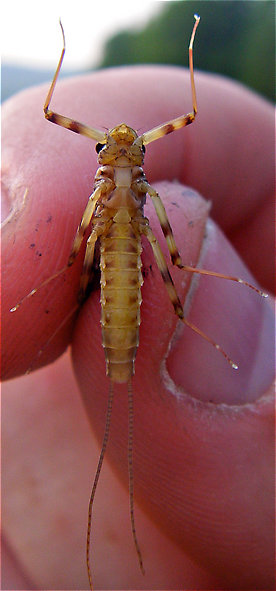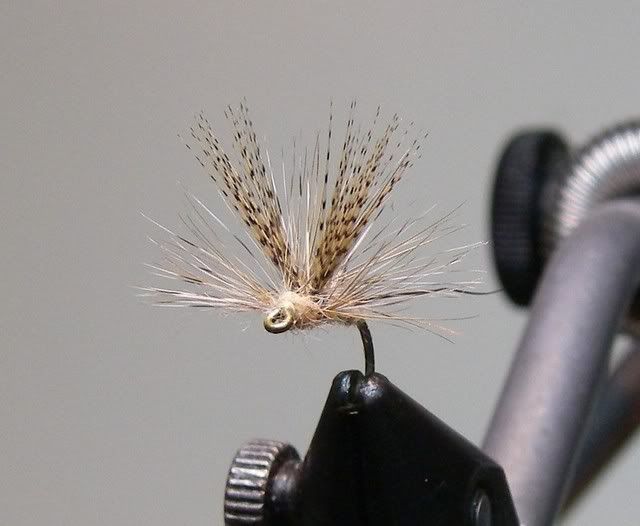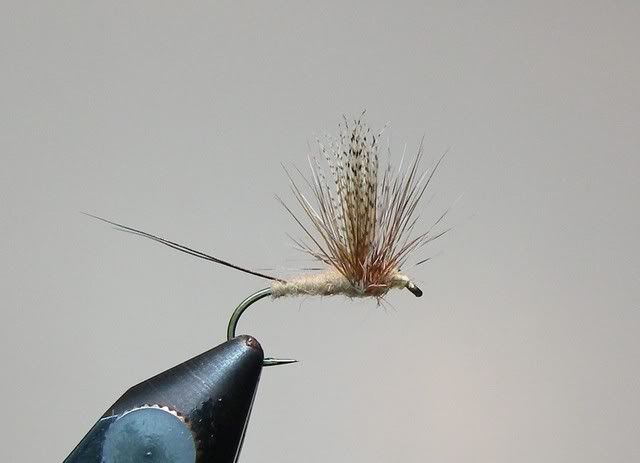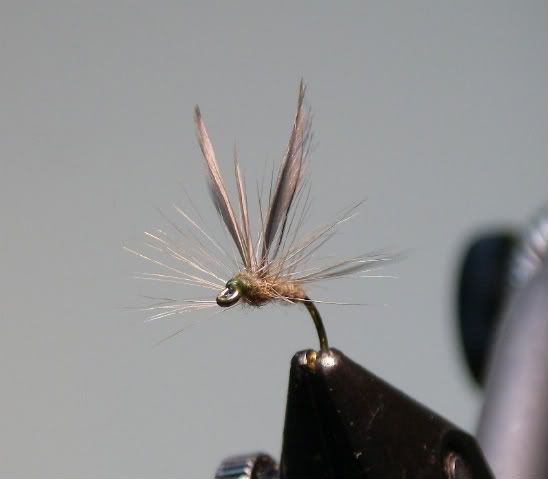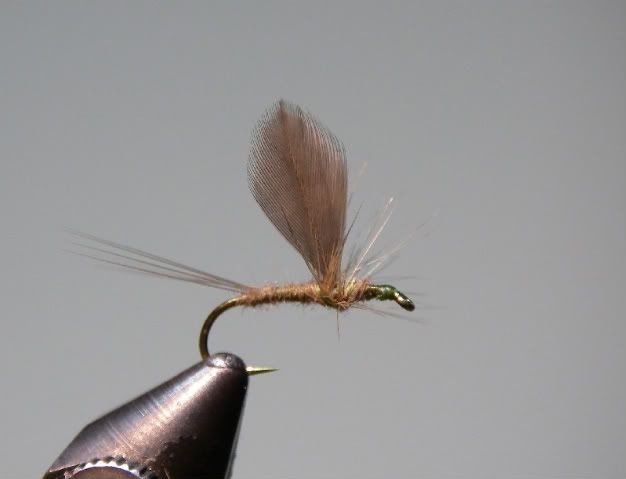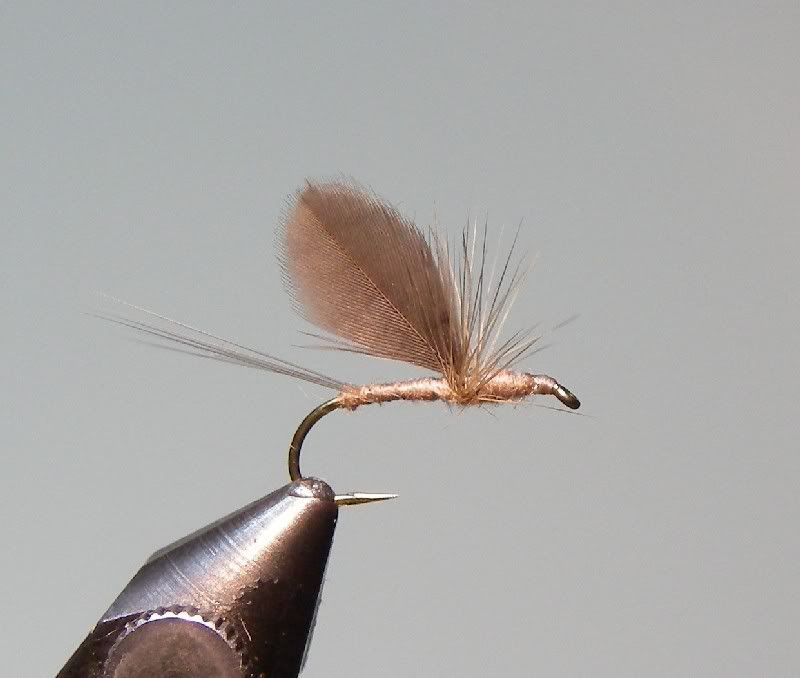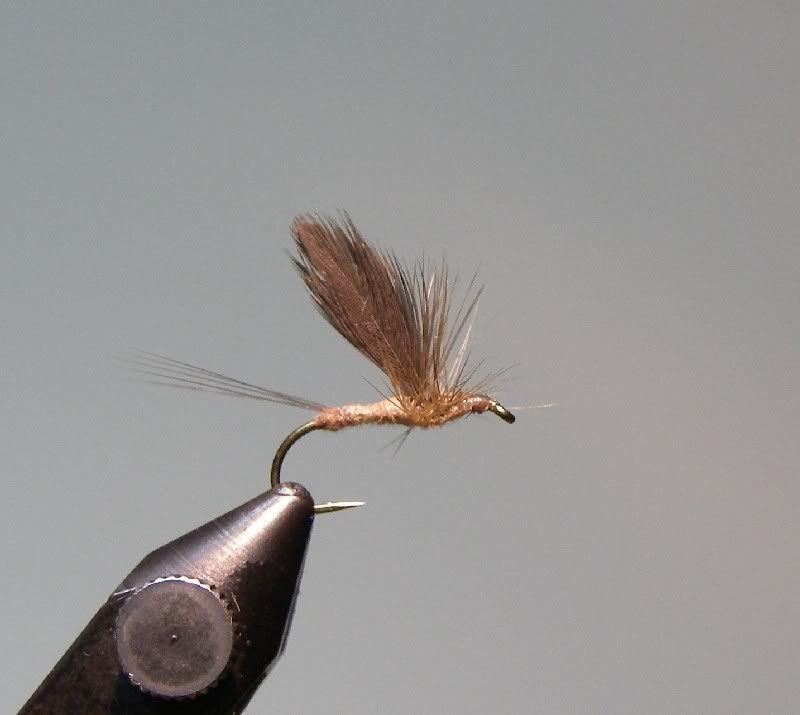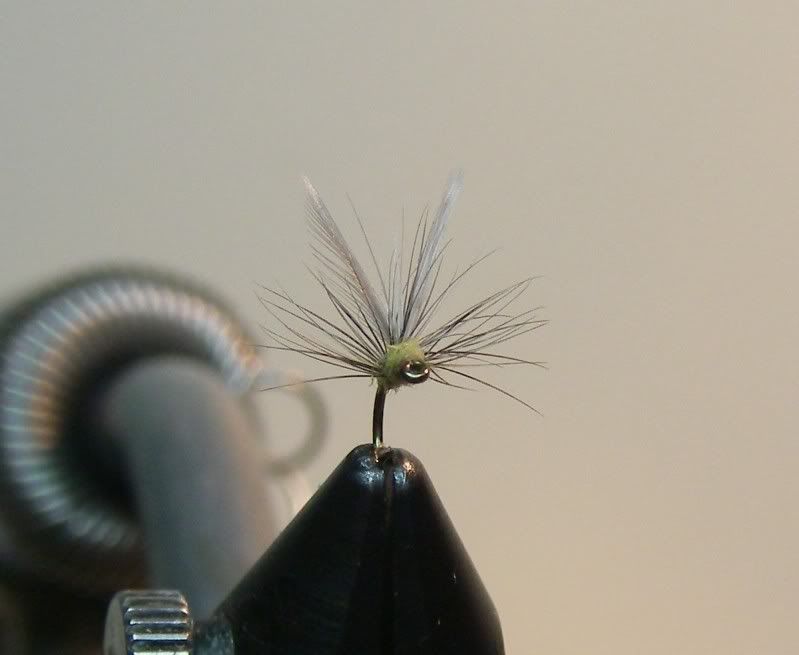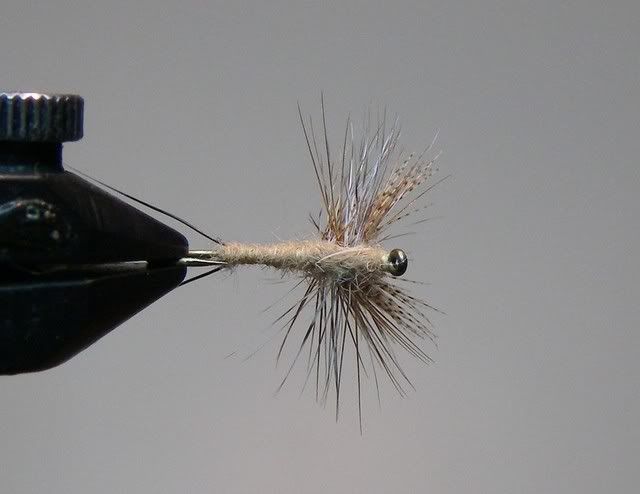littlelehigh
Member
- Joined
- Dec 16, 2008
- Messages
- 888
As the long nasty winter is in full swing I am looking to fill my boxes with the hatches I plan to fish or mayflies I could possible stumble across hear in the LV. What I am looking to tie are BWO, March Browns, Blue Quills and a few others.
My question is do you guys carry BWO spinners and how often do you fish them I was thinking of just tying a few with I-zon (sp) wings and BWO dubbing for the body. Does this sound right? I also carry Comparaduns, Loop Wing, Parachute and Catskill styles.
In regards to the March Brown what the heck color are the adults. If you look in the book Mayflies they appear to be camo colored with the grey fox more of a yellow/brown . I have "March Brown" super fine but comparing it to the pics it is to rusty. What color or blends of dubbing do you use or will the march brown color I have darken enough in water to be a close enough match.
Sorry for the rambling but I'd appreciate any feedback.
My question is do you guys carry BWO spinners and how often do you fish them I was thinking of just tying a few with I-zon (sp) wings and BWO dubbing for the body. Does this sound right? I also carry Comparaduns, Loop Wing, Parachute and Catskill styles.
In regards to the March Brown what the heck color are the adults. If you look in the book Mayflies they appear to be camo colored with the grey fox more of a yellow/brown . I have "March Brown" super fine but comparing it to the pics it is to rusty. What color or blends of dubbing do you use or will the march brown color I have darken enough in water to be a close enough match.
Sorry for the rambling but I'd appreciate any feedback.

